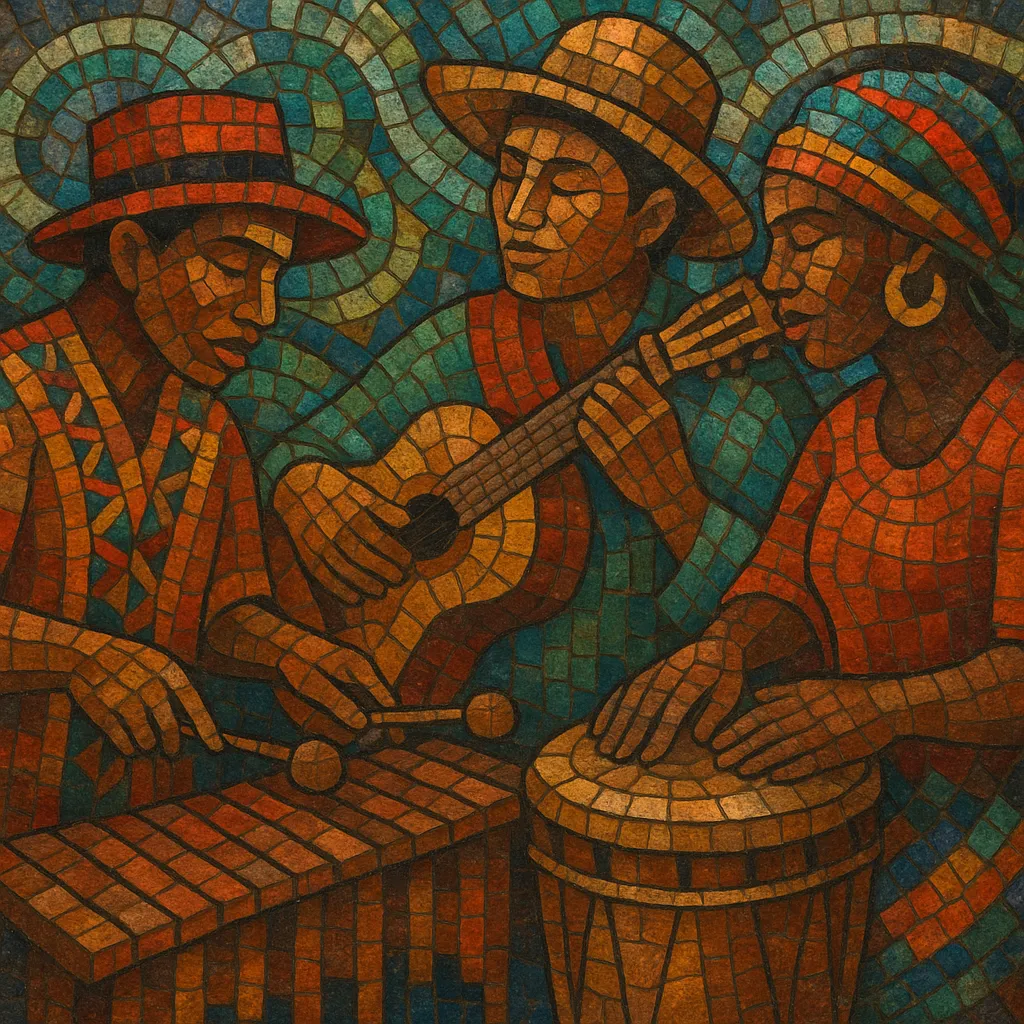Central American music is an umbrella term for the diverse traditional and popular styles of Belize, Guatemala, Honduras, El Salvador, Nicaragua, Costa Rica, and Panama.
It reflects a deep syncretism: Indigenous (e.g., Maya, Lenca, Pipil, Miskito) melodic and ritual practices; Iberian string, song, and dance forms from the colonial era; and Afro‑diasporic rhythms and call‑and‑response carried via the Caribbean.
Signature expressions range from Guatemalan marimba orquesta repertoires and Garifuna punta/paranda along the Caribbean coast, to cumbia centroamericana, calypso limonense in Costa Rica, and Panama’s reggae en español that helped set the stage for reggaeton.
Across the region, you hear marimba timbres, hand drums and shakers, off‑beat patterns tied to clave logic, simple yet emotive harmonies, and lyrics in Spanish, Kriol, Garifuna, and Indigenous languages.
Central American music emerged from the encounter of Indigenous civilizations with Iberian colonizers and Afro‑Caribbean diasporas. Over centuries, this encounter shaped distinct local traditions (marimba orchestras, Garifuna music) and popular currents (cumbia centroamericana, reggae en español).


